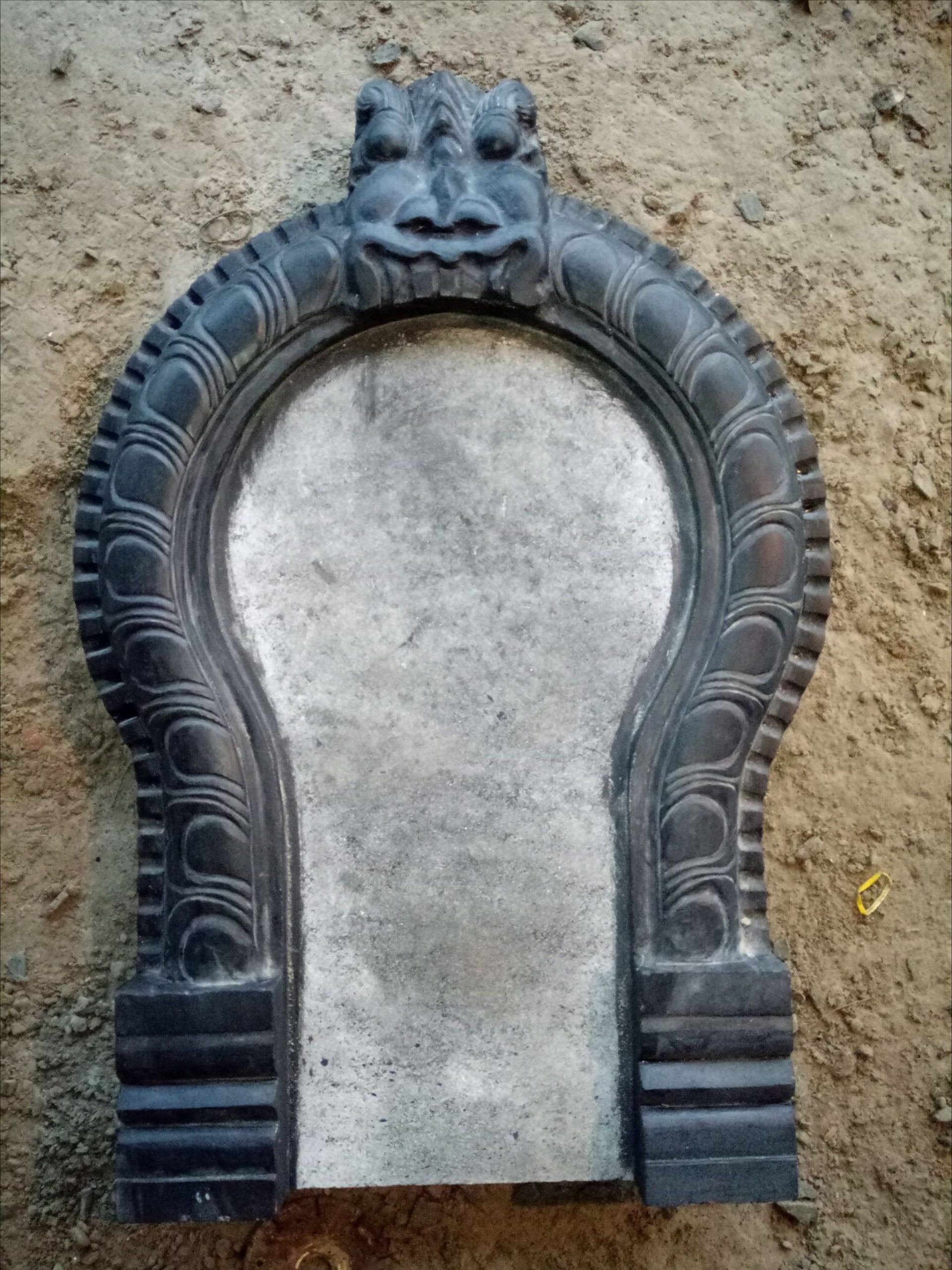Temples in Rajasthan are renowned not just for their spiritual significance but also for their stunning stone sculptures. These intricate carvings are a testament to the artistry and craftsmanship that have been passed down through generations. In this article, we explore the captivating world of temple stone work in Rajasthan and the role of temple contractors in preserving this ancient art form.
The Craftsmanship Behind Temple Stone Work
Rajasthan is home to a rich tradition of stone carving that has been perfected over centuries. The skill involved in creating these masterpieces is nothing short of remarkable. Each sculpture tells a story, often depicting gods, goddesses, and mythological scenes, and is meticulously carved into the stone using traditional techniques.
The process begins with selecting the right type of stone, which is often sandstone or marble. Artisans then use chisels and other tools to carefully shape and detail the stone. This work requires not only technical skill but also a deep understanding of religious and cultural symbols, as these elements are intricately woven into the designs.
Famous Examples of Stone Sculptures in Rajasthan Temples
Several temples in Rajasthan are renowned for their exquisite stone sculptures. For instance, the Jagmandir Palace in Udaipur showcases intricate carvings that blend artistic elegance with historical significance. Similarly, the Ranakpur Jain Temple is famous for its stunning marble sculptures that are celebrated for their intricate detail and beauty.
These temples attract visitors from around the world who come to marvel at the artistry and craftsmanship embedded in the stone. Each temple offers a unique glimpse into the cultural and artistic heritage of Rajasthan.
The Role of Temple Contractors
Temple contractors play a crucial role in the creation and preservation of these stone sculptures. Their expertise is essential in overseeing the construction and renovation of temple structures, ensuring that the artistic integrity of the stone work is maintained. They coordinate with skilled artisans to ensure that the carvings meet both aesthetic and structural standards.
A good temple contractor understands the historical and cultural significance of temple stone work in Rajasthan. They work closely with architects, artisans, and historians to preserve traditional techniques while incorporating modern construction practices where necessary. This balance helps in maintaining the authenticity of the stone sculptures while ensuring the longevity of the temple structures.
Challenges and Preservation Efforts
Preserving the art of stone sculpting in temples comes with its challenges. Environmental factors such as weathering and pollution can damage the delicate carvings over time. To combat this, regular maintenance and conservation efforts are essential. Temple contractors and conservationists work together to address these issues, using techniques that help to protect and restore the intricate stone work.
Additionally, there is a growing effort to train new generations of artisans in traditional stone carving techniques. By passing on this knowledge, the art form can continue to thrive and be appreciated by future generations.
Conclusion
The stone sculptures found in Rajasthan’s temples are a testament to the region’s rich artistic and cultural heritage. From the skillful craftsmanship that goes into creating these masterpieces to the important role of temple contractors in preserving them, every aspect of temple stone work is a fascinating part of Rajasthan’s legacy. Visiting these temples offers a unique opportunity to witness the magic of stone sculpting and appreciate the intricate beauty of these ancient works of art.

